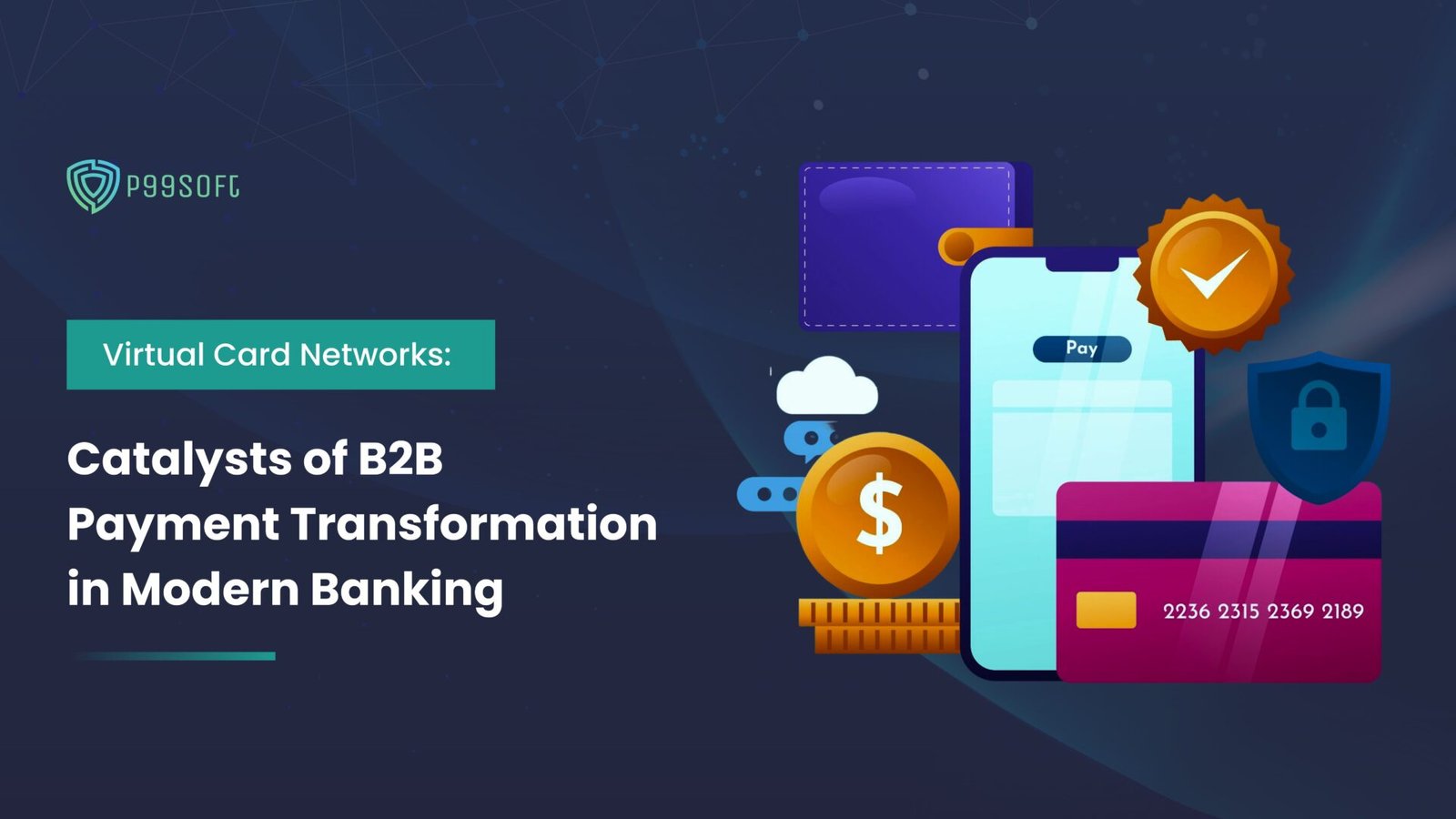Introduction
In the ever-evolving landscape of gaming, the quest for seamless, immersive experiences has led to the emergence of edge computing as a game-changer. By bringing computational power closer to users, edge computing services revolutionize the gaming experience, particularly in augmented reality (AR) and virtual reality (VR) applications. This comprehensive exploration delves into the pivotal role of edge computing in gaming, uncovering its impact, challenges, and opportunities for players and developers alike.
Understanding Edge Computing in Gaming
Edge computing refers to the decentralized processing of data closer to the source of generation, eliminating the need for data to travel long distances to centralized servers. In gaming, edge computing enables real-time processing of high volumes of data, reducing latency and enhancing the overall gaming experience, especially in latency-sensitive applications like AR and VR.
The Role of Edge Computing in Gaming
- Reducing Latency in AR and VR: Edge computing minimizes latency by processing gaming data at the edge of the network, closer to the user’s device. This instantaneous processing ensures smooth gameplay and prevents lag or delay, enhancing the immersive experience in AR and VR environments.
- Optimizing Bandwidth Usage: By offloading processing tasks to edge nodes, gaming applications can optimize bandwidth usage and reduce network congestion. This efficient utilization of resources ensures stable connectivity and enables multiplayer gaming experiences without compromising performance.
- Enhancing Security and Privacy: Edge computing enhances security and privacy by processing sensitive gaming data locally, reducing the risk of data breaches and unauthorized access. This localized processing also ensures compliance with data protection regulations and safeguards user privacy in gaming environments.
Challenges and Opportunities
While edge computing presents significant benefits for gaming, it also poses challenges related to infrastructure scalability, interoperability, and data management. Additionally, the distributed nature of edge computing environments requires robust security measures to protect against cyber threats and vulnerabilities. However, these challenges also present opportunities for innovation, collaboration, and the development of edge computing solutions tailored to the unique needs of the gaming industry.
Recent Statistics and Insights
Recent studies indicate a growing adoption of edge computing in gaming, also highlighting the increasing demand for low-latency, high-performance gaming experiences. Insights from industry reports and case studies underscore the transformative impact of edge computing on gaming, driving innovation and redefining player experiences across diverse gaming platforms and genres.
Examples and Use Cases
- Cloud Gaming Platforms: Cloud gaming platforms like Google Stadia and NVIDIA GeForce NOW leverage edge computing to deliver high-fidelity gaming experiences to users across devices. By processing gaming data at edge nodes, these platforms minimize latency and enable seamless gameplay, even on low-spec hardware.
- AR and VR Gaming: AR and VR gaming experiences rely heavily on low-latency processing to deliver immersive environments and realistic interactions. Edge computing facilitates real-time rendering and spatial computing, enabling lifelike experiences without the need for powerful local hardware.
- Mobile Gaming: Mobile gaming applications increasingly leverage edge computing to deliver high-quality graphics and multiplayer experiences on smartphones and tablets. By offloading processing tasks to edge nodes, mobile games achieve optimal performance and responsiveness, enhancing the overall gaming experience for users.
Conclusion
In conclusion, the role of edge computing in gaming is transformative, reshaping the way players engage with digital worlds and immersive experiences. By reducing latency, optimizing bandwidth usage, and enhancing security, edge computing empowers developers to create compelling gaming experiences that push the boundaries of technology and creativity. As the gaming industry continues to evolve, edge computing will play an increasingly pivotal role in shaping the future of gaming, unlocking new possibilities and opportunities for players and developers alike.
Call to Action
Are you ready to level up your gaming experience with edge computing? Join us in embracing the transformative power of edge computing and exploring the endless possibilities it offers for gaming innovation. Your feedback and insights are invaluable as we continue to push the boundaries of gaming technology and create unforgettable experiences for players around the world. Together, let’s embark on a journey to redefine gaming for the next generation.




